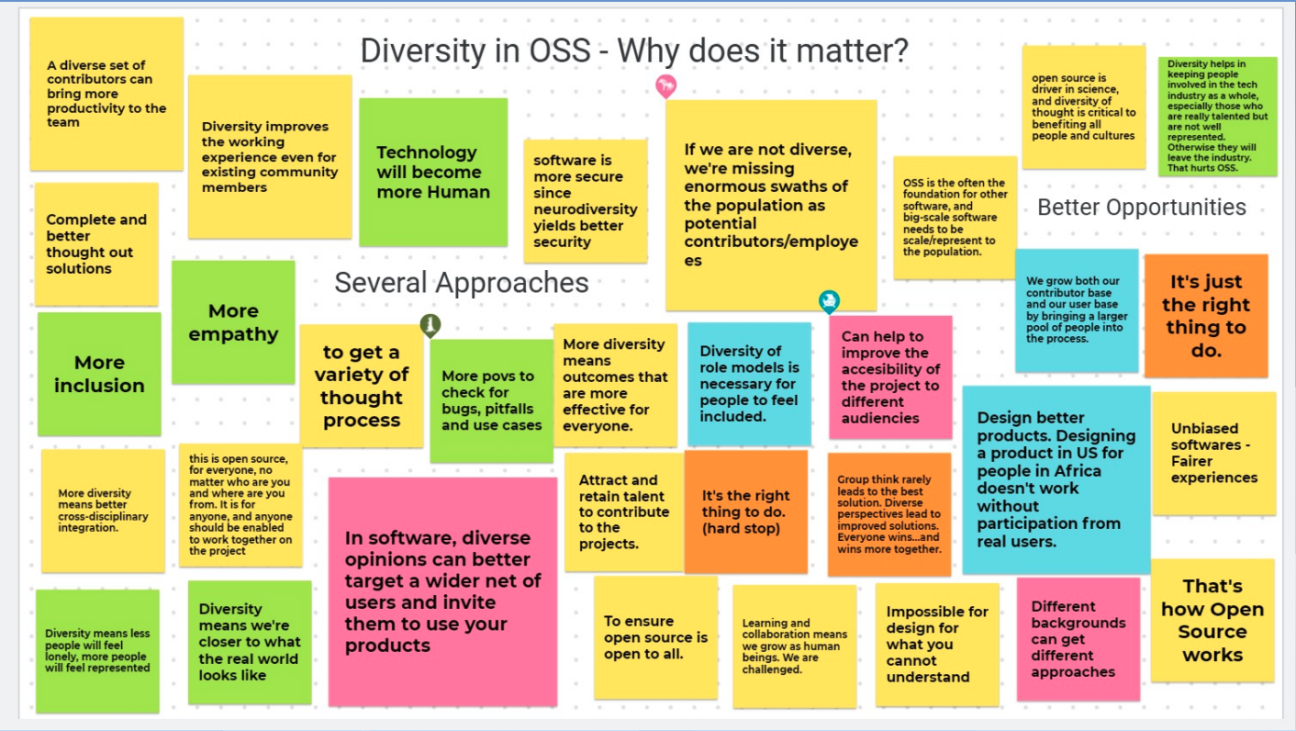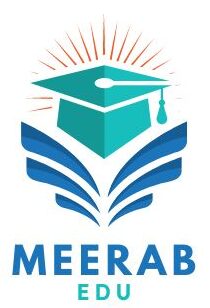Introduction Of Education And human development

Among the top things in a man’s life is education, which can change people’s attitudes and their lives. Thus, this paper uses a multi-faceted approach to illustrate how education relates to human development: it discusses its effects on cognition, socio-emotional and lifelong learning. This will encompass strategies for promoting inclusivity, equity and continuity through lifelong learning. Education itself is seen as quite flexible process that transforms people and societies.
Section 2: Cognitive Education And Human Development: Unlocking Potential through Learning

Cognitive development encompasses the whole of education because it involves personal growth or intellectual empowerment necessary for coping with the complexities of life effectively. Besides, there are some cognitive milestones that children pass while going through teachers’ guidance at an early stage such as memory formation, speech acquisition and problem solving skills essential for their academic achievement and self-actualization.
- Cognitive Milestones and Educational Milestones:
There are various milestones towards cognitive development from infancy to adulthood (Hannafin et al., 2010). This is when language and also memory storage capacity kick off as they improve their problem-solving ability (Kamau et al., 2018). Therefore it determines curriculum design along with instructional approaches at all levels.
- Enhancing Critical Thinking and Problem-Solving Skills:
Education develops critical thinking coupled with problem-solving competences relevant today both in our schools as well as other real-life challenges (Zohar & Avramovitch, 2005). For instance such inquiry or project-based teaching methods employ interactive ways of doing things that allow evaluating information presented in form of creative ideas from alternative angles leading to imaginative ideas (Mayer & Alexander, 2006). They become more flexible once engaged in complex tasks including authentic situations thereby having their cognitive abilities enhanced.
- The Impact of Educational Practices on Cognitive Development:
Educational practices lead cognition whereby perceptual processing application concepts within an individual (Gkolia et al., 2018). However, they may opt for other learning techniques that are more cognitively demanding. Besides, situated educational resources and materials promote cognitive input and encourage intellectual curiosity (Akkus et al., 2018). In this regard, teachers are also advised to focus on new teaching methods combined with the proper integration of emerging technologies so as to improve their cognitive development.
The entire section is focused on education for cognitive development. From discussing cognitive milestones to examining teaching practices (Oladipo et al., 2019), it is evident that education makes people grow psychologically and demonstrates human possibilities.
Section 3: Socio-Emotional Learning: Building Resilience and Empathy

Educational socio-emotional learning (SEL) is one among other significant aspects focusing on improving interpersonal skills; self-awareness and emotional intelligence. Further, SEL programmes recognize deep ties between academic success with social/emotional well-being, hence teach students relevant emotional regulation strategies when collaborating with different communities (Gruman et al. 2017).
- Nurturing Emotional Intelligence in Educational Settings:
The curriculum foundation of any school with social and emotional aspects is aimed at developing individual emotional intelligence. For example, explicit teaching or modeling or experiential learning in schools can also improve this skill (Schunk & Zimmerman, 2007).This is because it allows learners to take charge of their emotions by shifting from feelings of helplessness leading to better peer relations and positive interactions.
- Promoting Social Skills and Healthy Relationships:
Children need to have good social skills so as to function well in class and life outside school. These include learning how to resolve conflicts, communicate effectively as well as work together with others as seen through activities like group projects and collaborative play under cooperative learning methods. In addition, creating an environment that meets the needs of all students enhances empathy towards other people’s problems while promoting respect for different opinions thus building healthy relationships and social cohesion.
3.Addressed Challenges To Socio-Emotional Development In Education.
However there might not have been proper implementation of socio-emotional education at schools due to a number of reasons. Some challenges encompass limited resources; conflicting academic priorities; teachers without SEL training among many others (Lakerman-Friedman et al., 2018).It calls for tackling these obstacles from various dimensions such as professional development investment for educators, integration of SEL into curricular and extracurricular programs and working together with community members who offer holistic support on socio-emotional development.
Accordingly this section integrates the focus keyword “socio-emotional learning” throughout the text indicating its importance towards developing a whole being within educational environments. Hence readers get comprehensive knowledge about areas such as growing emotional intelligence; supporting healthy interactions; diversity issues with learners involved; highly resilient learners being molded via socio-emotional learning who are empathic.
Section 4: Equity and Inclusion: Ensuring Access and Opportunities for All

Equality is one of the main principles embraced by such an education system that guarantees uniform treatment for all disregarding their identity or origin. Inclusive learning environments that address systemic barriers can be established through Diversity Equity Inclusion (DEI) initiatives so that every student has equal chances for personal development and academic achievement.
- Overcoming Barriers to Educational Equity:
Educational equity acknowledges that there are conditions which restrict learners from accessing high-quality education, such as economic disparities cultural linguistic differences systemic discrimination among others. As such it identifies these types of obstacles that require concerted efforts through specialized programs like strategic resource allocation, culturally responsive pedagogies, outreach programs for marginalized groups among other things (Gadsden et al., 2012).This way educational institutions can remove hindrances in their systems towards making education accessible to all learners regardless of their backgrounds.
- Creating Inclusive Learning Environments:
Inclusive learning environments acknowledge diversity and give all students a sense of belonging regardless of their background or identity. These are classroom cultures that respect the individuality of each student. The curriculum includes various perspectives; instructional content integrates strategies against bullying while teachers exhibit empathy during delivery.
3.Reducing Disparities in Educational Outcomes Strategies:
The fact that different demographic groups have different learning products necessitates targeted interventions to address achievement gaps and promote equity in outcomes. This can include early intervention programs for students who are at risk, individual education plans for children with disabilities, data-driven decision making strategies based on continuous monitoring and adjustment of approaches when necessary; also collaborative efforts with community organizations while leveraging resources that provide wraparound support services to enhance equality while promoting student success.
Here, the main word “equity and inclusion” is cleverly used throughout the discussion to show why we need inclusive educational settings that are equal. This section helps readers get a better understanding of equity and inclusion in terms of access as well as opportunity such as breaking down barriers or promoting inclusive practices thus filling gaps.
Section 5: Lifelong Learning: Sustaining Growth Beyond the Classroom
Lifelong learning refers to learning which occurs continuously throughout life without being limited by formal education arrangements. Hence this implies that people should always be acquiring new knowledge, skills or abilities during their lifetime so as they can adapt to new situations, pursue personal goals, contribute meaningfully towards society.
1.Cultivating a Culture of Continuous Learning:
In order to create a culture of lifelong learning begins by cultivating growth mindsets that encourage individuals face challenges head-on hence persevere regardless of obstacles or setbacks while seeing failures as opportunities for growth even if sometimes they seem unconnected at first sight. For example schools like institutions must also take part in creating a culture of continuous learning through offering avenues for ongoing skill development purposes aimed at professional advancement and personal enrichment as well. It entails encouraging curiosity-inclined working environments among others which aid in enhancing lifelong growth rates leading them towards optimum employee performance due continual changes happening around them.
2.The Role of Technology in Facilitating Lifelong Learning:
As technology has truly disrupted everything; lifelong learning takes another dimension because there are many entry points through which one may access information or resources including a number of these online platforms that function like digital libraries allowing people to pursue lifelong learning goals without caring about their speed, location or convenience. In addition to this, technologies such as VR, AR and AI support immersive interactive learning environments that can accommodate different preferences and styles.
3.Promoting Lifelong Learning for Personal and Societal Development:
Meanwhile, lifelong learning adds value to individual lives while at the same time contributing towards societal development by promoting innovation, economic growth as well as social cohesion. Governments alongside educational institutions and businesses have an obligation of ensuring that lifelong learning becomes possible for all the members of community irrespective of age, background or social status. They should invest in adult education programs and skills training initiatives while also creating life-long learning infrastructure necessary for sustainable recovery through tapping into collective potential of life long learners towards addressing complex challenges.
The word “lifelong learning” has been used in every part of this section to show its significance beyond formal education systems on personal growth and national development. This is seen in enhancing cognitive abilities and emotional resilience thus providing equal opportunities for lifelong learning besides telling us about future whereby there will be need for fairness so that people can grow up happy. Therefore our commitment must be to an education that would unite all the communities into one inclusive global village capable of fostering a thriving global society.
Conclusion
Primarily, the idea is not confined to academic achievements only because education provides individuals with an understanding of their own cognitive development and holds them social-emotionally resilient and gender-equity sensitive or lifelong learners. Hence, these principles will foster a future that is just for all since growth and fulfillment are possible for all people without any form of discrimination. This is why we must continuously work towards developing education as the basis for building a prosperous assimilated globe accessible to every citizen.
This essentially goes beyond student’s academic accomplishments in that education leads to self-awareness about one’s cognitive development processes, social-emotional resilience and embracing gender equality or lifelong learning principles . They will thus help in constructing a fairer future where people can grow and attain satisfaction without prejudice. Therefore, this is why we should always support education as the bedrock for establishing a prosperous united world that encompasses all its citizens.
